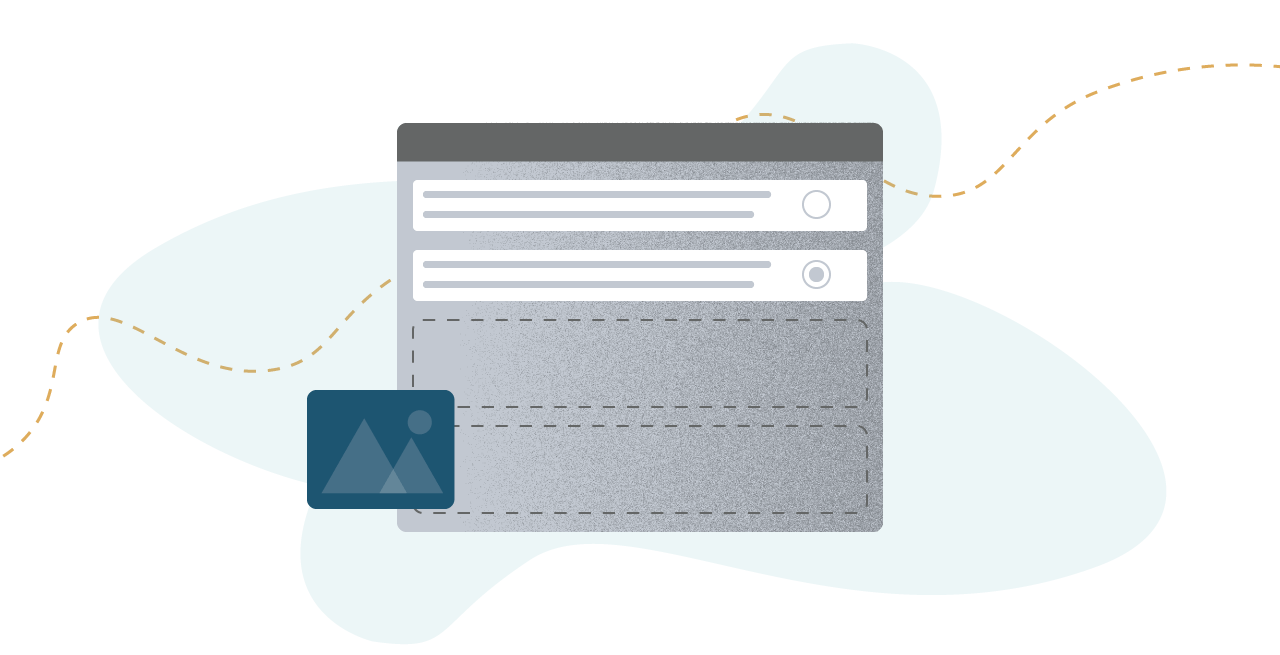Each year, ecommerce businesses are growing, and brick-and-mortar establishments are finding themselves in stiff competition with online shops. To gain the upper hand, many brands are utilizing helpful digital tools, including intentionally designed websites, active social media profiles, and engaging sales platforms. Today, we’re taking a look at another useful tool: the mobile app.
You probably have a few apps from huge brands like Target and Starbucks on your phone already. But these applications aren’t just for big names—small businesses can benefit from them as well. And some say that mobile apps are the future of marketing. Here’s what you need to know about these tools.
What, Exactly, Is an App?
If you haven’t already guessed, it’s short for “application!” An app is a software program explicitly coded for a smartphone or other mobile device. Depending on its nature, an app can be designed for a single, specific use, or to perform a wide variety of tasks. From ecommerce apps that allow the user to directly purchase products, to service-oriented apps that enable donations and list volunteer opportunities, to game apps designed to help bored users pass the time, the possible uses for mobile apps are virtually endless. This versatility makes them potentially beneficial to almost any business.

Why Your Brand Needs An App
We’ve already touched on the immense marketing potential apps offer. But it’s worth saying again: apps provide brand value and visibility that was utterly unattainable before mobile technology. With the average American spending 5.5 hours a day on their phone, mobile apps create 100 percent visibility, 24/7. While a few popular apps probably make up the bulk of this usage time (think social and music), every user still has to unlock and scan through their phone for the app they want to explore. Simply having a presence on consumers’ mobile devices goes a long way for brand recognition and conversion rates. Although app development is a time-consuming (and usually spendy) process, remember that, if your brand doesn’t have an app to secure and highlight your digital presence, your competition probably will.
Creating an App
On a very simple level, every app goes through two key stages: design and development. The design process comes first and is comprised of the brainstorming, strategizing, and layout processes. When you have an idea of what your app should do and have put it down on paper, a designer can work through the flow a user would follow to navigate the app, as well as the features needed to make the flow go smoothly. The design part of the app creation process helps developers understand your exact needs and expectations. Once the design process is complete, a trustworthy developer will be able to begin coding your app.
Five Features Every App Needs
If you’re in the planning stages of app development, you’re probably tempted to pack in every user experience tool possible—but you don’t need to! Here are some key features to focus on.
Customized Profiles
Apps that offer the ability to create personalized profiles make every user feel “seen” in the digital world by allowing them to pick their preferred name, title, photo, and more. In addition, they provide the app creator with loads of helpful data. Profile data, including attributes like location, gender, email, ad preferences, and more, allows brands to create products consumers want, to market to consumers more effectively, and to better meet immediate needs.
Integrated Onboarding
Have you ever forgotten your username or password to a protected app that you use regularly? It’s frustrating for everyone. When apps allow for social media integration during the onboarding or sign-on process, it saves users the headache of creating a unique sign-in for every app. Plus, when users link their profiles to your app, it provides you with multi-platform access to their preferences.

A Commerce Engine
If your brand sells something, consumers should be able to buy your products through your app. Not only are apps easier to navigate on mobile devices than websites, but they simplify the shopping process for consumers, too. After spending their nine-to-five parked in front of a screen, people don’t want to spend more time shopping online from a desk. By ensuring that your app has an ecommerce portal, consumers can shop on-the-go, anywhere, anytime.
iOS and Android Compatibility
Mobile devices can run on iOS (for Apple products), and Android. When developing an app, it’s crucial to ensure compatibility on both operating systems to maximize conversions. Otherwise, you cut your potential consumer base in half before you’re out the door.
Building a successful app complete with all the necessary features is no small task. However, it is a rewarding one. Although they’re heavily utilized by large companies, apps are rare at the small business level. No matter the size of your brand, having a useful app (even better, a good one!) makes your brand stand out and proves to consumers that you’re serious about evolving with the times.
Maximize Your Marketing With Snap
A mobile app is a great way to improve the customer experience and increase conversions, but your brand should be able to stand on its own two feet before you start shelling out money for app designers. The designers, strategists, and content writers at Snap are eager to help you maximize your digital presence. Whether you need killer copy, help with a site audit, or a social strategy that shines, we’ve got you covered. Let’s get started—reach out today!
